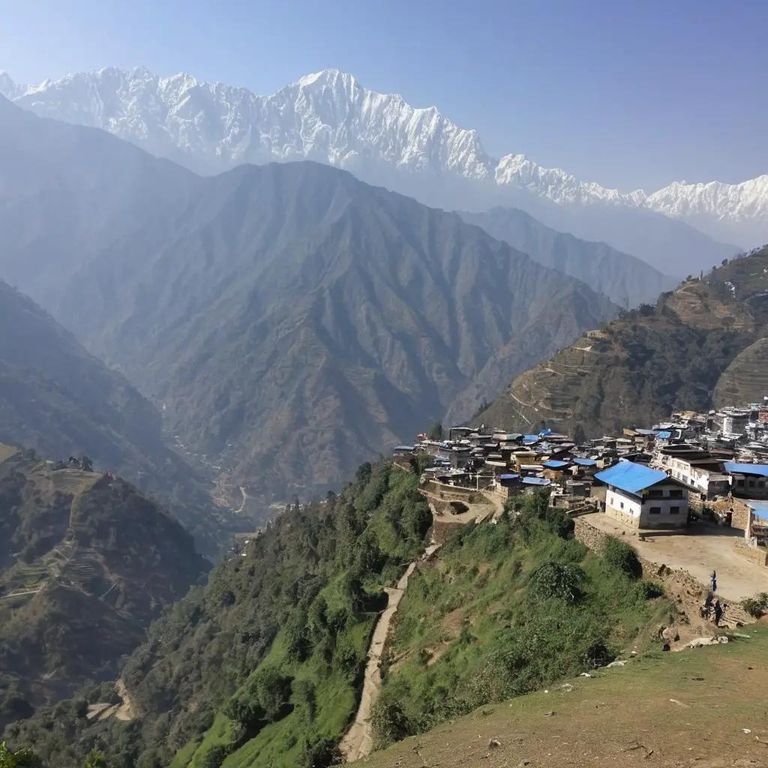
¿Es el paisaje que vemos en la pantalla chica más bello que la realidad misma?
Los turistas reunidos en el Puente de los Príncipes, en el corazón de Melbourne, para contemplar el atardecer a través de los lentes de sus cámaras nos piden que consideremos el papel de la fotografía en la vida cotidiana: ¿Por qué nos centramos en la realidad de la cámara?
Is the landscape we see on the small screen more beautiful than reality itself?
Tourists gathered on Princes Bridge in the heart of Melbourne to watch the sunset through their camera lenses ask us to consider the role of photography in everyday life: Why do we focus on the reality of the camera?
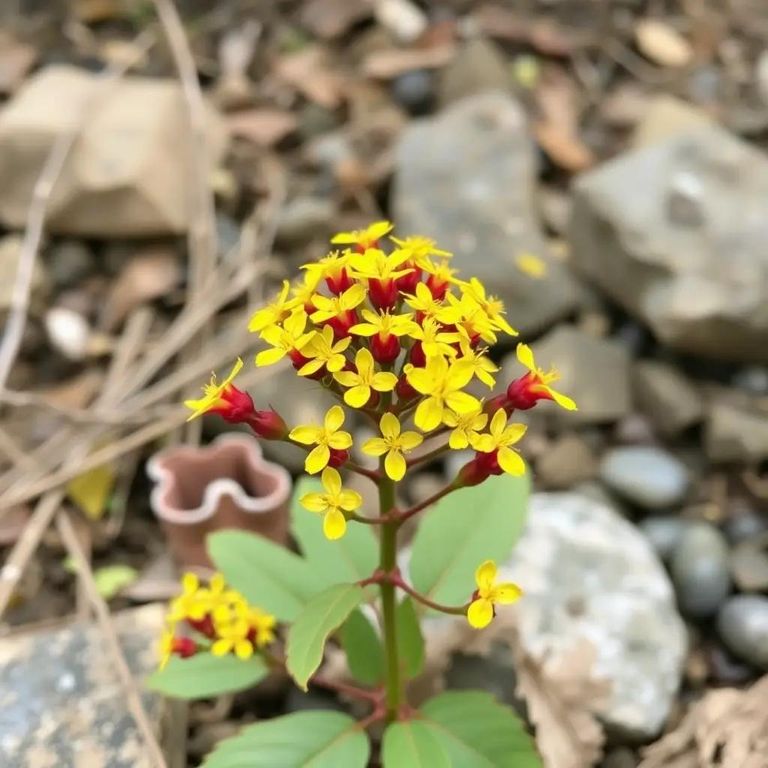
La fotografía es una práctica cultural y social basada en tradiciones como las pinturas rupestres o las pinturas murales de las sociedades preindustriales. El filósofo Alain de Botton plantea acertadamente este punto cuando analiza la importancia del significado personal en la fotografía. Según él, la razón por la que capturamos incluso las mejores imágenes cotidianas es nuestro viaje a través del espacio y porque la fotografía tiene un significado especial para nosotros. Si bien el proceso de creación de una imagen es importante para algunos fotógrafos, para la mayoría de las personas este concepto es cierto.
Photography is a cultural and social practice based on traditions such as cave paintings or the mural paintings of pre-industrial societies. Philosopher Alain de Botton rightly makes this point when he discusses the importance of personal meaning in photography. According to him, the reason we capture even the best everyday images is because of our journey through space and because photography has a special meaning for us. While the process of creating an image is important to some photographers, for most people this concept is true.

Esto hace que la fotografía sea una práctica cultural en la sociedad tecnológicamente avanzada de hoy. Ya sea un teléfono móvil o una cámara profesional, se ha convertido en una herramienta indispensable en nuestras vidas, diseñada para registrar aquello que queremos recordar.
Tomamos fotografías de paisajes todos los días porque vivimos el momento y les damos un significado especial... Alain de Botton.
This makes photography a cultural practice in today's technologically advanced society. Whether it is a cell phone or a professional camera, it has become an indispensable tool in our lives, designed to record what we want to remember.
We take pictures of landscapes every day because we live in the moment and give them a special meaning... Alain de Botton.
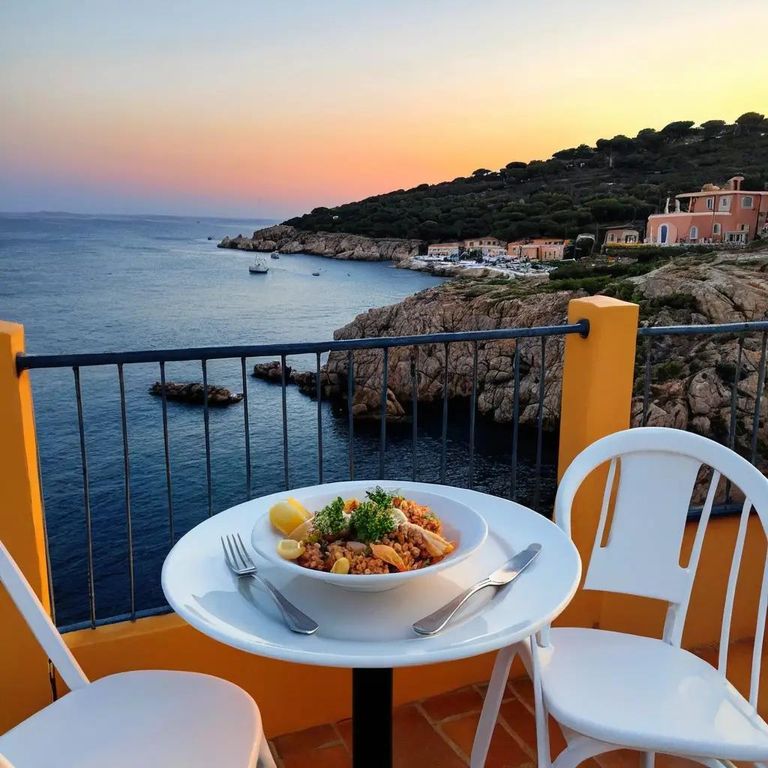
En cierto modo, confiamos en nuestra memoria cuando tomamos fotografías, y todo tipo de cámaras se han convertido en herramientas que utilizamos para este propósito. La fotografía se ha convertido en una herramienta para capturar contenidos, personas y lugares. Este proceso evoca emociones profundas y recrea los sentimientos que sentimos cuando se tomó la foto. Se están creando conexiones entre pensamiento y tecnología, se está creando una fusión entre biología y tecnología. El cartel de MM Pictures en el distrito Randwick de Sídney dice: "Tomamos fotografías que nos hacen retroceder a un tiempo que nunca se perderá".
In a way, we rely on our memory when we take pictures, and all kinds of cameras have become tools we use for this purpose. Photography has become a tool to capture content, people and places. This process evokes deep emotions and recreates the feelings we felt when the photo was taken. Connections are being created between thought and technology, a fusion is being created between biology and technology. The MM Pictures sign in Sydney's Randwick district reads, “We take photographs that take us back to a time that will never be lost.”
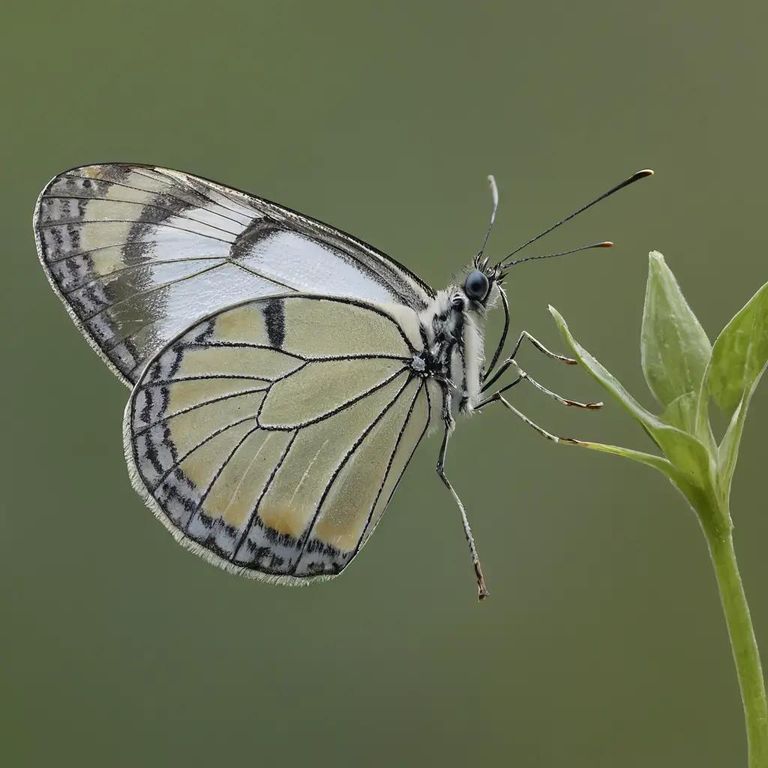
Es comprensible que en la vida moderna basada en la ciencia y las tecnologías que la respaldan (por ejemplo, la cámara), la fotografía se haya incorporado a las prácticas culturales. En este contexto, la fotografía tiene un valor equivalente a presentar el arte de una época pasada.
Hay otras razones por las que las cámaras están tan integradas en nuestra vida diaria. La fotografía nos permite capturar momentos y compartirlos con otros, ya sea mostrando un evento, una persona o un lugar en particular. En la era del cine a menudo hacíamos esto con álbumes de fotografías o diapositivas; La luz pasaba a través de una película de color transparente y se proyectaban imágenes en una pantalla. En aquella época, los fotógrafos itinerantes y otros profesionales alquilaban salas públicas para atraer audiencias que pagaban por su exposición. Pero ahora las redes sociales, los sitios web dedicados a la fotografía, plataformas como Instagram y Facebook han cambiado la forma en que presentamos nuestro trabajo. Aunque el medio de presentación cambia, la esencia de la aplicación sigue siendo la misma.
It is understandable that in modern life based on science and the technologies that support it (e.g., the camera), photography has been incorporated into cultural practices. In this context, photography has a value equivalent to presenting the art of a bygone era.
There are other reasons why cameras are so integrated into our daily lives. Photography allows us to capture moments and share them with others, whether showing a particular event, person or place. In the film era we often did this with photo albums or slides; light passed through a transparent color film and images were projected onto a screen. Back then, traveling photographers and other professionals rented public rooms to attract audiences who paid for their exposure. But now social media, dedicated photography websites, platforms like Instagram and Facebook have changed the way we present our work. Although the medium of presentation changes, the essence of the application remains the same.

En este contexto vemos la fotografía documental; Esta fotografía permite a cualquiera documentar ciudades, edificios, personas y lugares, contribuyendo así al registro histórico de nuestra sociedad. Por otro lado, la fotografía callejera es una subcategoría de la fotografía documental. Algunos creen que las personas deberían estar incluidas en las imágenes, mientras que otros creen que la arquitectura y otros elementos también deberían ser parte de la narrativa, haciéndolo más parecido a un documental.
De manera similar, los elementos visuales pueden enseñar y explicar. Podemos describir y explicar muchos eventos a través del proceso de captura. También forman parte de una rama del periodismo llamada fotoperiodismo, que tiene como objetivo transmitir acontecimientos a través de fotografías.
In this context we see documentary photography; this photography allows anyone to document cities, buildings, people and places, thus contributing to the historical record of our society. On the other hand, street photography is a subcategory of documentary photography. Some believe that people should be included in the images, while others believe that architecture and other elements should also be part of the narrative, making it more like a documentary.
Similarly, visual elements can teach and explain. We can describe and explain many events through the process of capturing them. They are also part of a branch of journalism called photojournalism, which aims to convey events through photographs.
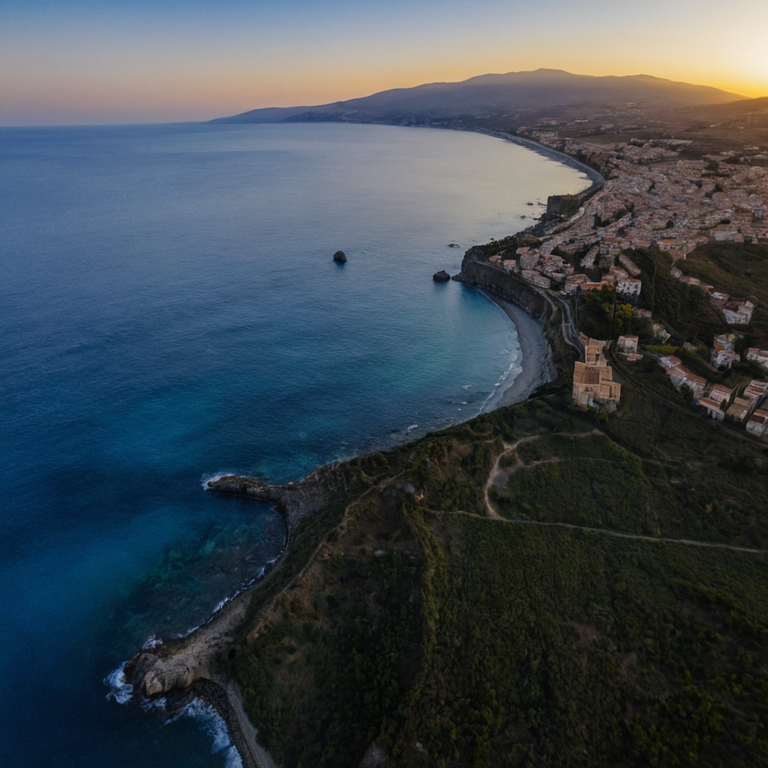
La fotografía tiene muchos beneficios. Además de documentar personas, lugares y eventos importantes en nuestras vidas como una forma de memoria, la fotografía también proporciona un impacto social al crear memorias históricas a través del documental, la fotografía callejera y el fotoperiodismo. También proporciona beneficios personales al fotógrafo.
Photography has many benefits. In addition to documenting important people, places and events in our lives as a form of memory, photography also provides social impact by creating historical memories through documentary, street photography and photojournalism. It also provides personal benefits to the photographer.

La fotografía es un vínculo tecnológico entre nosotros y la naturaleza, lo que hace que sea más fácil comprenderla. Este proceso es más que simplemente apuntar y disparar la cámara en modo automático; Implica desafíos técnicos que requieren que el fotógrafo tenga un conocimiento profundo de cómo funciona la cámara. Un fotógrafo “serio” sabe cómo controlar factores como la sensibilidad del sensor (ISO), la velocidad de obturación y la apertura del objetivo para crear imágenes impresionantes y una excelente composición fotográfica. A través de esta habilidad, somos capaces de capturar los matices de luz y forma que forman la esencia de una hermosa fotografía.
Otro aspecto positivo de la fotografía es que anima a los fotógrafos a prestar mucha atención a los detalles, ya sea un edificio, una persona o un entorno urbano. Los fotógrafos prestan atención a los matices sutiles de la luz y cómo cambia, así como al color y cómo cambia la calidad de la luz. También prestan atención a su forma, lo que les permite comprender mejor cómo funciona y está construido el objeto, así como cómo cambia con el tiempo.
Photography is a technological link between us and nature, which makes it easier to understand. This process is more than simply pointing and shooting the camera in automatic mode; it involves technical challenges that require the photographer to have a thorough understanding of how the camera works. A “serious” photographer knows how to control factors such as sensor sensitivity (ISO), shutter speed and lens aperture to create stunning images and excellent photographic composition. Through this skill, we are able to capture the nuances of light and form that form the essence of a beautiful photograph.
Another positive aspect of photography is that it encourages photographers to pay close attention to detail, whether it is a building, a person or an urban environment. Photographers pay attention to the subtle nuances of light and how it changes, as well as to color and how the quality of light changes. They also pay attention to its form, which allows them to better understand how the object functions and is constructed, as well as how it changes over time.
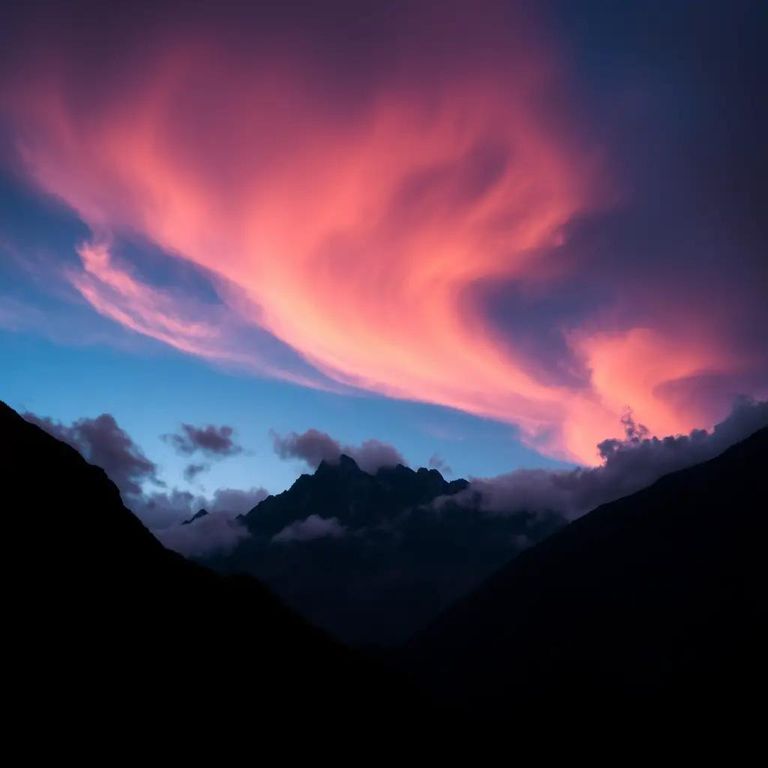
La fotografía de paisajes y de vida silvestre, en particular, nos brinda la oportunidad de conectarnos con la naturaleza a través de la observación. Esta experiencia de observar nos conduce a una mayor comprensión. La fotografía, entonces, representa un puente tecnológico que nos conecta con la naturaleza y su comprensión. En cuanto a las personas que se alinean en el Puente del Rey al atardecer, se den cuenta o no, la mayoría de ellos no son simplemente turistas tomando fotografías del atardecer. Sus imágenes de esta exhibición de calma natural pueden haber sido un intento de documentar, de recordar el evento más tarde o de recordar la esencia de ese momento especial en el puente esa noche. Era básicamente una forma de registrar algo que sabían que era valioso.
Para aquellos que tienen una cámara diferente a la de su teléfono,
Landscape and wildlife photography, in particular, gives us the opportunity to connect with nature through observation. This experience of observing leads to a greater understanding. Photography, then, represents a technological bridge that connects us with nature and its understanding. As for the people who line the King's Bridge at sunset, whether they realize it or not, most of them are not simply tourists taking pictures of the sunset. Their images of this display of natural calm may have been an attempt to document, to remember the event later, or to recall the essence of that special moment on the bridge that evening. It was basically a way to record something they knew was valuable.
For those of you with a different camera than the one on your phone,